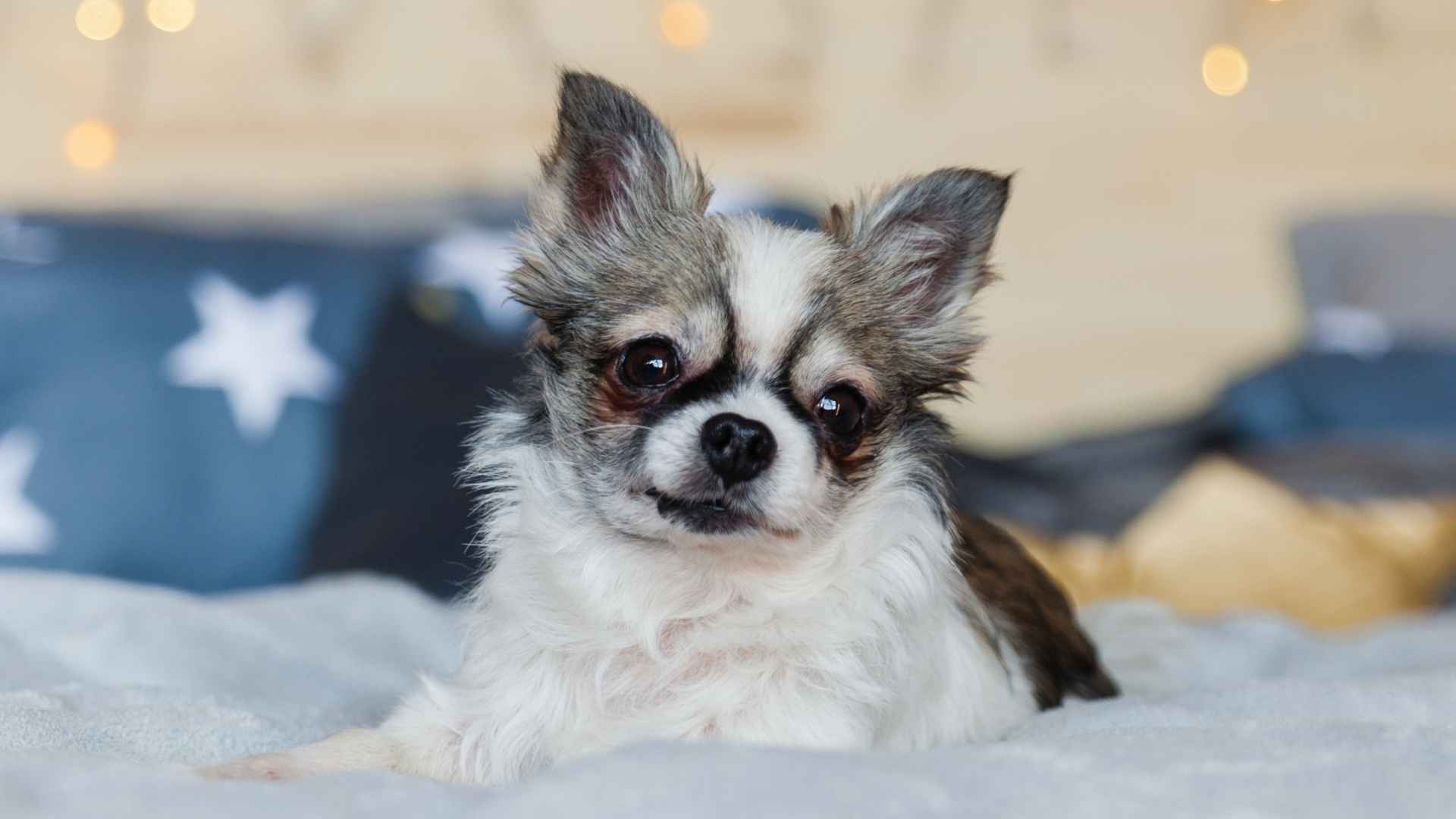What if your dog’s health didn’t have to suffer just because you live in a high-rise apartment? Many people believe you need a house with a yard to raise a strong, energetic dog, but that’s not always true.
With the right breed, apartment living can support your dog’s health just as well as a backyard could. The key lies in choosing dogs whose bodies, energy levels, and emotional needs match your living space.
Some breeds are low-maintenance and resilient by nature, requiring little more than a good walk, a cozy corner, and your attention. Others struggle indoors, even if they’re small. That’s why breed health should always be part of your decision, and not just cuteness or size.
This guide introduces you to healthy dog breeds that flourish in apartments without sacrificing vitality or joy.
Healthy Dog Breeds For Apartments
1. Chihuahua
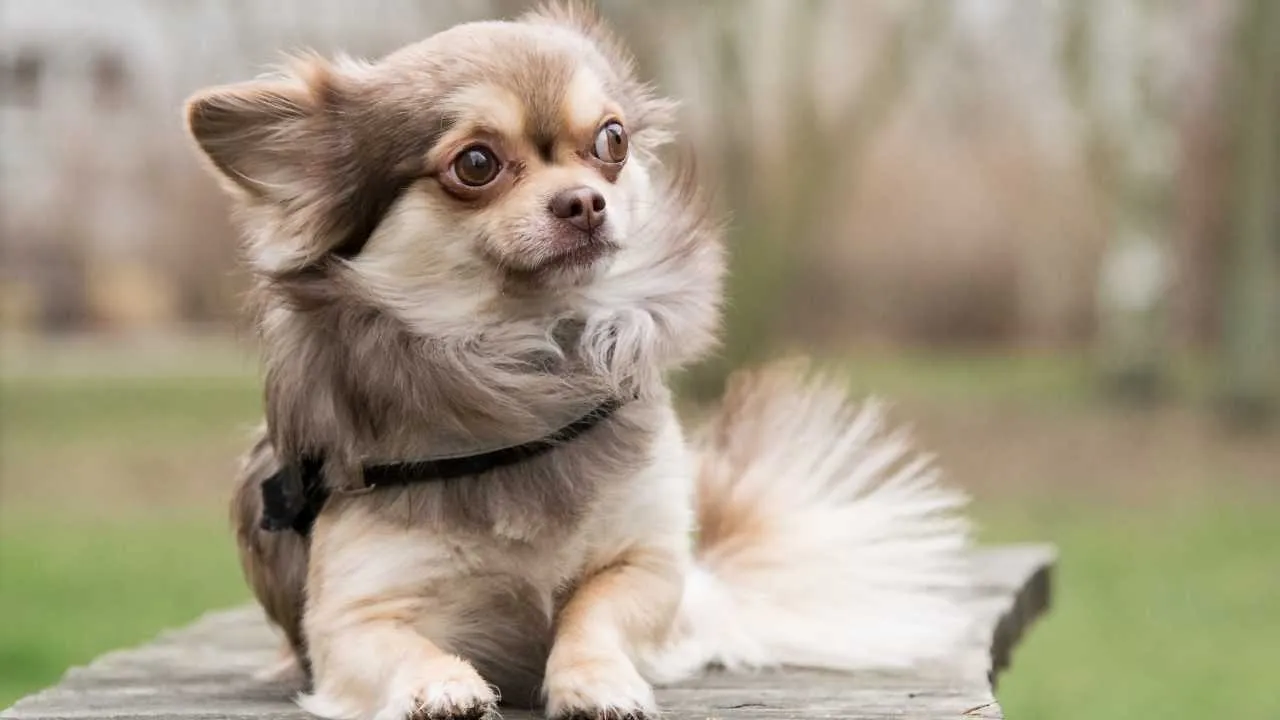
Despite their size, Chihuahuas are highly aware of their environment and adapt quickly to indoor spaces. Their alertness helps them stay stimulated without needing much physical space. This emotional sharpness can make a small apartment feel like a secure kingdom to them.
Energy That Fits Indoors
Chihuahuas have short bursts of energy, easily managed through hallway walks or brief indoor play. Their joints stay healthy when not over-exercised, especially on hard surfaces. That energy-to-space ratio suits people living in limited square footage.
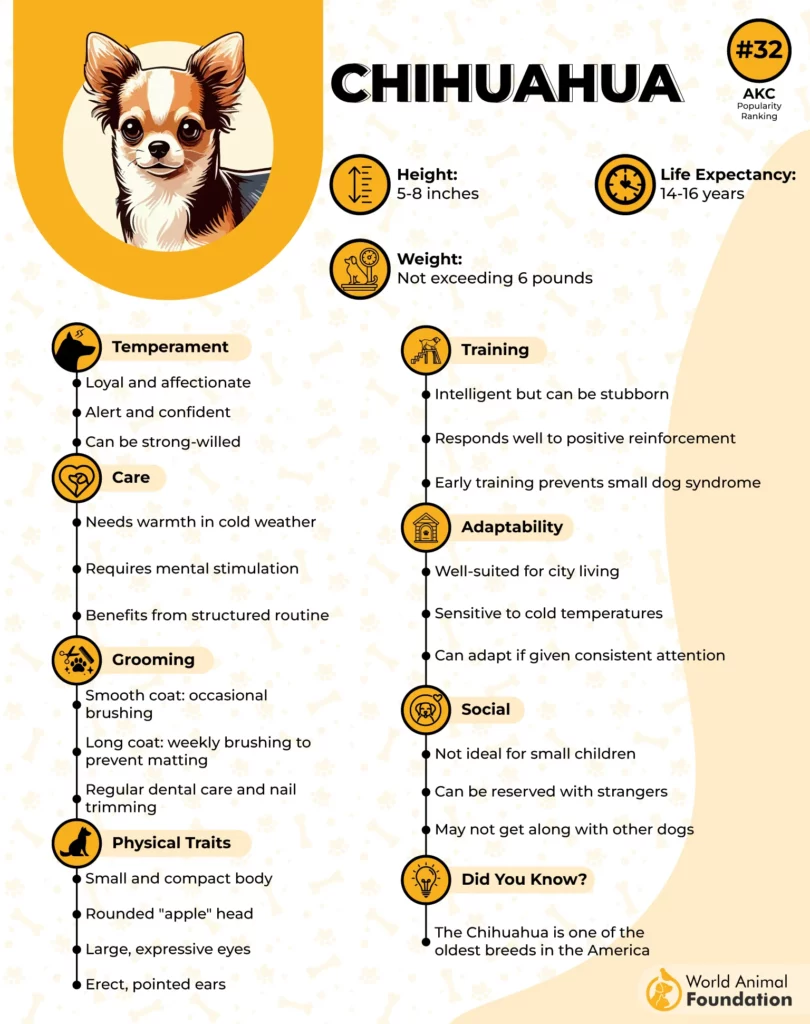
Low-Maintenance Grooming
Short-coated Chihuahuas require minimal grooming—usually a quick weekly brushing to reduce light shedding, as per PetMD. Long-coated ones need more frequent brushing. Their small size also means less mess and faster post-walk cleanups.
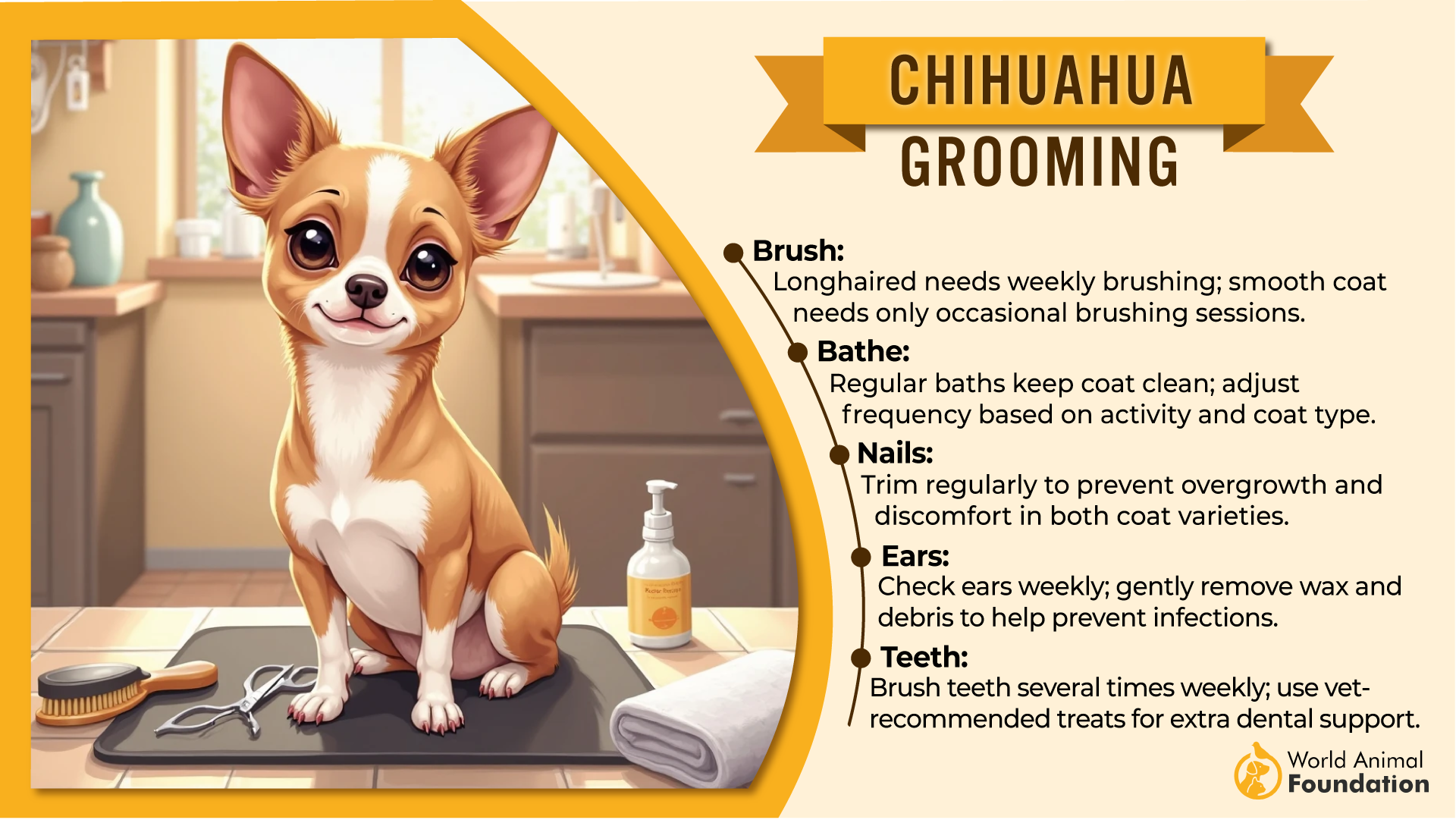
Practical for Busy Handlers
They’re known to be one of the smallest dog breeds, but still form strong bonds and respond well to routine. Their health holds up well with balanced feeding and regular vet visits. For many, this is the easiest match for apartment life without sacrificing companionship.
2. Shiba Inu
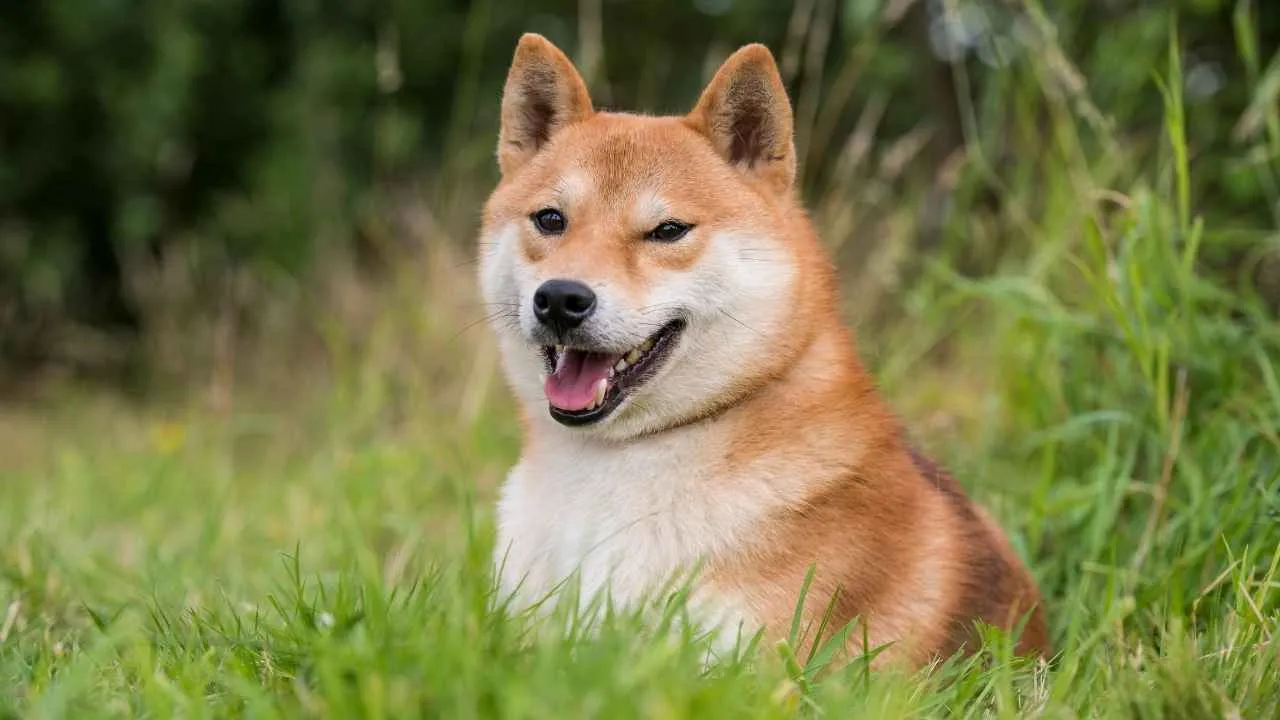
Shiba Inus groom themselves much like cats, which helps keep indoor environments cleaner. Their coat resists dirt and carries little odor, even after time outdoors. This self-care trait is especially helpful in apartment living, where space is limited.
Moderate Shedding with Seasonal Peaks
They shed moderately year-round and heavily twice a year. Regular brushing or combing is required during periods of heavy shedding to reduce the amount of hair around the house and keep the coat in good condition. Slicker brushes or deshedding tools work best for their dense double coat.
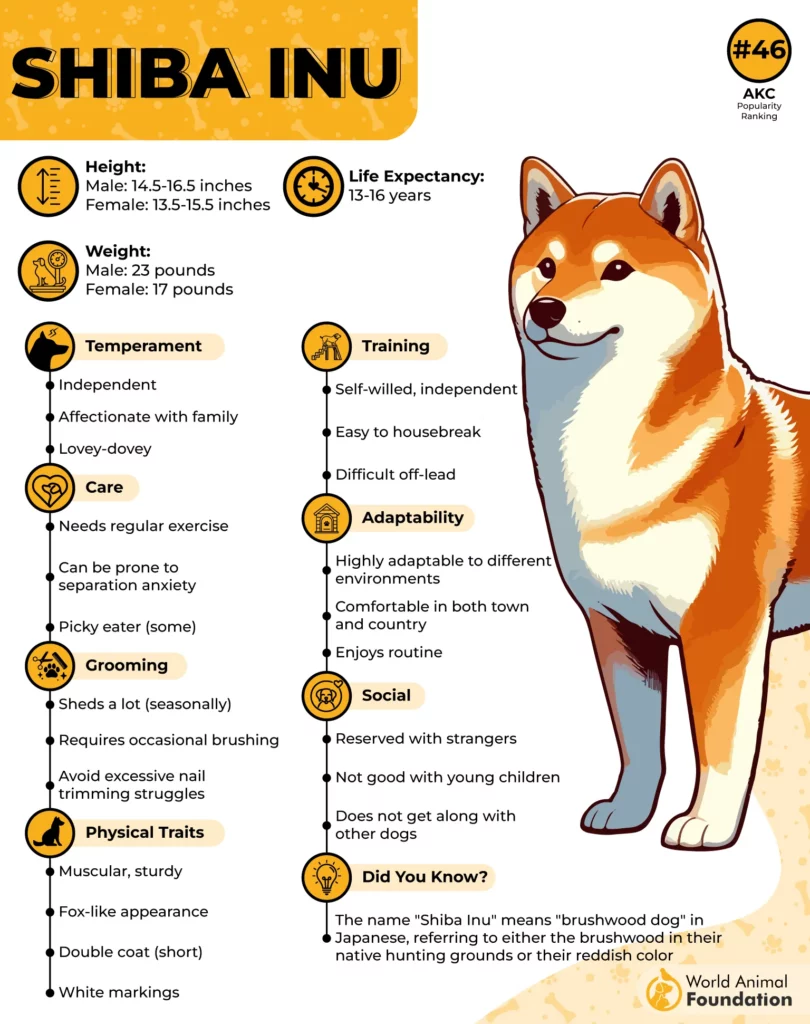
Independent but Calm Indoors
Shibas are known for being independent yet respectful of shared spaces. Their quiet temperament indoors makes them low-impact apartment breeds, especially for people who value peaceful routines. They often prefer observing over constant interaction, especially after their exercise needs are met.
Famous for Their “Shiba Scream”
Another trait is the dramatic, high-pitched “Shiba Scream” when startled or displeased. It’s not a sign of aggression—just vocal sensitivity. Despite this quirk, the breed is widely considered an excellent dog breed for compact urban homes when trained early and consistently.
3. Basenji
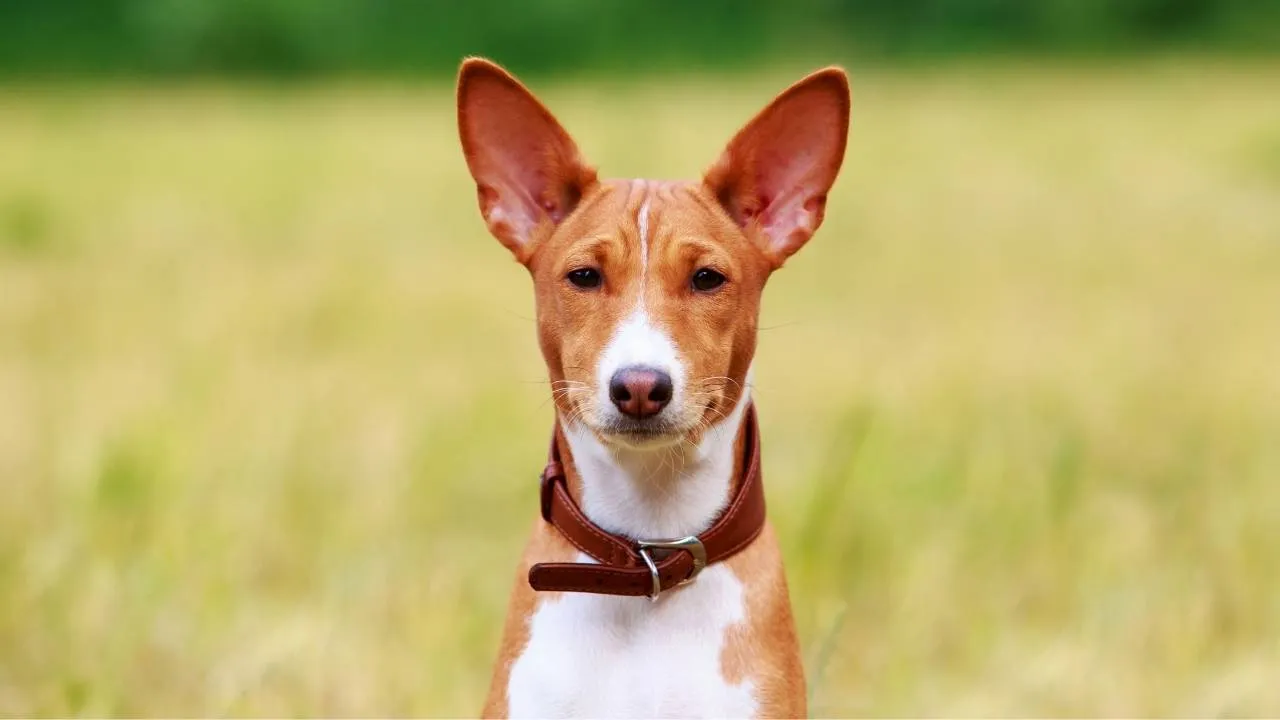
Basenjis are known for their clean, cat-like habits and small, muscular frame that fits well in limited living spaces. Their larynx structure makes them incapable of traditional barking, which reduces disturbances in close quarters. They communicate using soft yodels or whines, rarely becoming vocal without reason.
Grooming Needs Are Low
This breed has a fine, short coat that doesn’t emit a strong odor and requires minimal care. Weekly brushing is enough to keep the fur healthy, and there’s barely any seasonal shedding. Their self-grooming behavior often keeps them cleaner than most breeds of similar size.
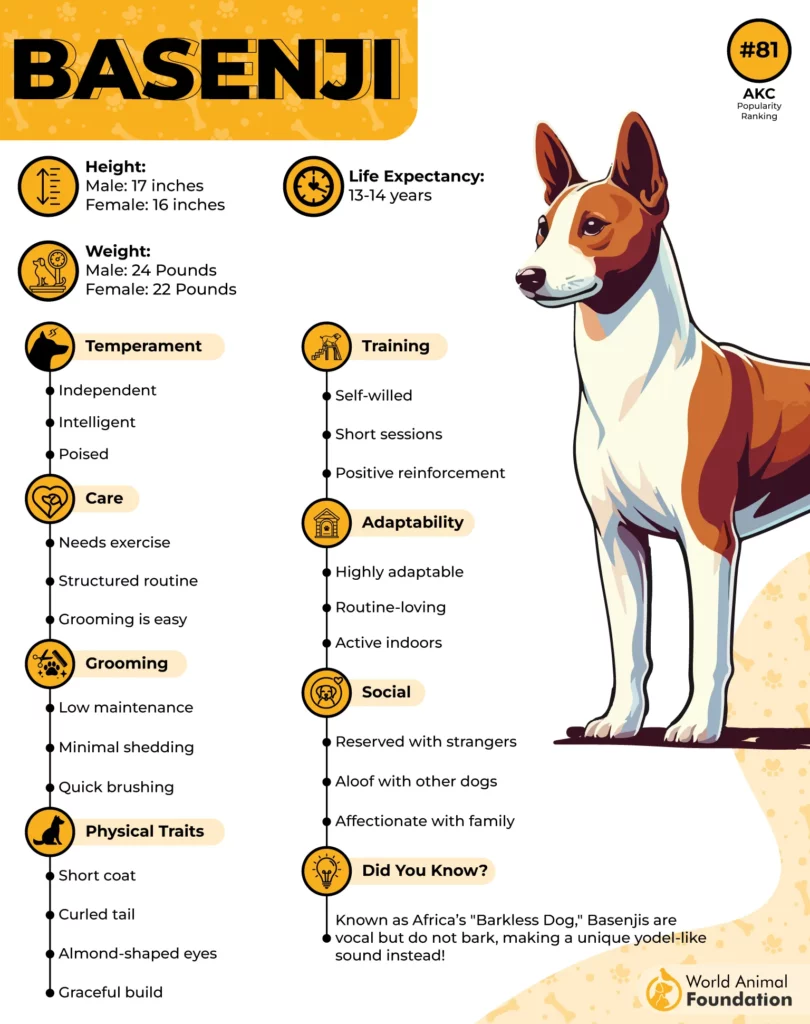
Energy Release Indoors and Out
Though they are an active breed, Basenjis manage short bursts of energy with quick play sessions indoors. Regular walks and problem-solving toys help avoid restlessness, especially in a compact environment. Puzzle feeders and scent games suit their curious nature without needing a backyard.
Gets Along With Familiar Animals
Early socialization improves their tolerance toward other dogs, especially in shared apartment complexes. They’re known to form tight bonds with their household companions, though they tend to stay reserved around unfamiliar animals. Secure leashing is essential during outings due to their strong prey drive.
4. Pomeranian
Pomeranians stay active without needing large areas to burn off energy, which makes them manageable in small flats. They’re often content with short indoor play or brisk hallway walks. Compact size also means less space taken up by crates, bedding, or food setups.
Alert Yet Not Constantly Vocal
This breed is observant and responsive to unfamiliar sounds but doesn’t bark without reason if socialized well. With consistent structure, they learn to distinguish between normal apartment noise and unusual activity. That reliability is helpful in shared building spaces.
Coat Care in an Apartment Setup
Double-coated Pomeranians do shed, especially during seasonal changes, but indoor upkeep is manageable. Brushing twice a week and more frequently during heavy shedding helps limit hair buildup. Regular maintenance also keeps the undercoat clean and reduces dander.
Interacts Well Indoors With Others
Many Pomeranians get along well with other pets once boundaries are taught early. They enjoy indoor stimulation like puzzle toys and learning small tricks in short sessions. Their temperament suits owners looking for bright, energetic companionship in contained spaces.
5. Cardigan Welsh Corgi
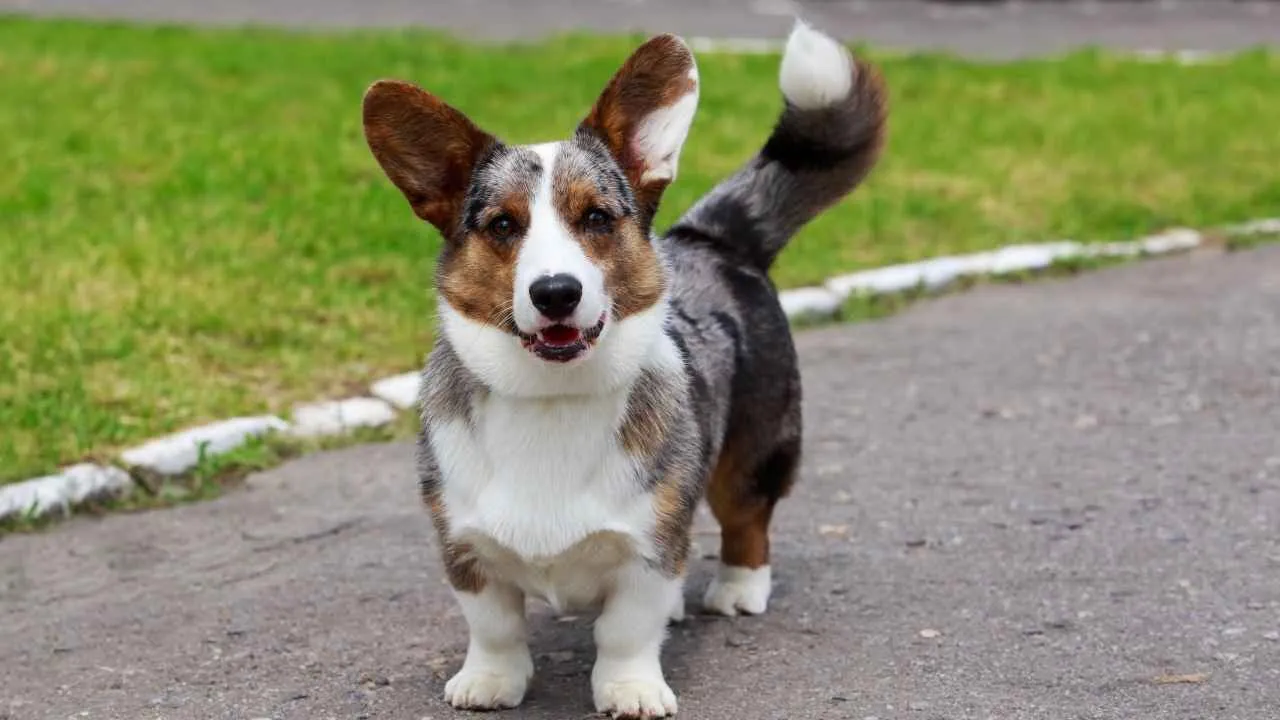
The Cardigan Welsh Corgi has a manageable build that fits well into limited living spaces. Its moderate activity level allows it to stay content indoors, as long as daily walks are part of the routine. They remain alert without being overly reactive to typical apartment sounds.
Even Temperament in Shared Spaces
They’re polite with neighbors when socialized early, and their bark—though deep—isn’t constant or excessive. Corgis tend to develop strong routines, which help them settle in predictably structured homes. They’re observant without being attention-demanding throughout the day.
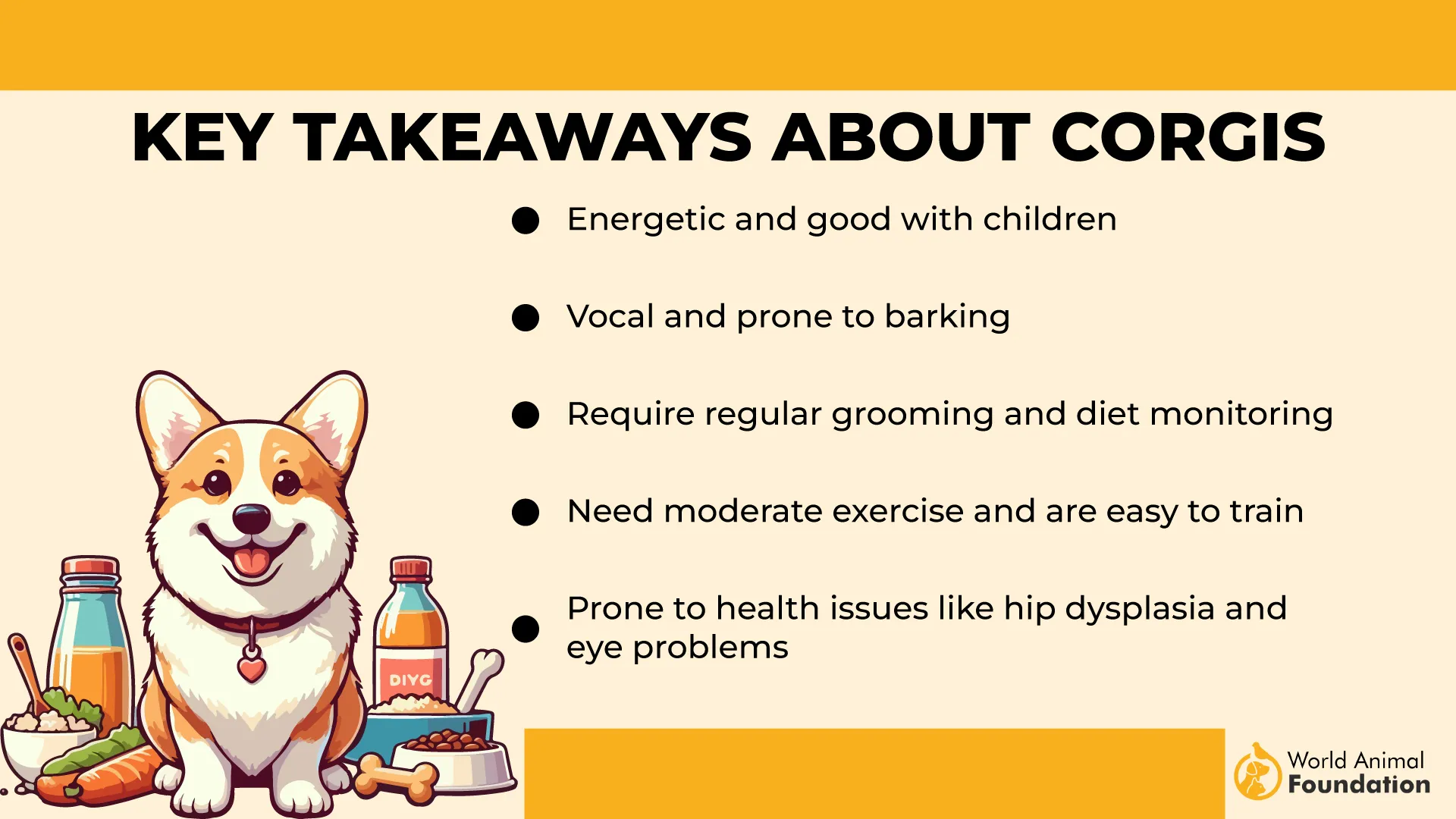
Grooming and Maintenance in Apartments
Cardigans have a dense double coat that sheds year-round, with heavier cycles in spring and fall. Brushing a few times weekly is enough to keep their coat under control and reduce indoor buildup. During peak shedding, consistent combing helps maintain coat health and home cleanliness.
Intelligence That Suits Close Quarters
This breed is known for problem-solving and remembering household rules with minimal repetition. Mental engagement matters—puzzle toys or short training bursts keep their mind active in smaller spaces. They’re considered a good apartment dog due to their ability to self-regulate energy indoors.
6. Japanese Chin
The Japanese Chin is known for lounging quietly in cozy spaces without demanding much physical activity. They tend to move gracefully through rooms rather than darting around. Their naturally low energy levels make them well-suited to life in smaller homes.
Adapts Easily to an Indoor Routine
They don’t require a strict outdoor schedule, often adjusting to the pace and habits of their owner. A few short indoor play sessions and brief walks usually keep them content. This adaptability makes them ideal for busy apartment dwellers.
Grooming That’s Manageable
Despite their elegant coat, they don’t need daily grooming. A few brushings per week usually prevent tangling, though more frequent care is helpful during seasonal shedding, as stated on WebMD. Their coat is single-layered, which also reduces the chance of deep matting.
Quiet and Aware Indoors
These little dogs rarely bark unnecessarily and often pause to observe before reacting. They’re typically clean, catlike in nature, and quick to learn household boundaries. For anyone seeking a graceful furry friend, they naturally blend into calm apartment living.
7. Chinese Crested Dog
The Chinese Crested is known for its low activity levels indoors and settles easily in small areas. It thrives in peaceful routines and adjusts quickly to changes in apartment schedules. Even without a yard, it remains content with short, regular walks.
Minimal Shedding Needs
The breed has two types: Hairless and Powderpuff, both needing unique grooming routines. Hairless types require regular skincare to prevent dryness or sunburn, while Powderpuffs benefit from weekly brushing. Regular care keeps both types clean and manageable in confined spaces.
Light and Quiet Movers
Weighing under 12 pounds, they move lightly through hallways and rarely cause noise disturbances. Barking is minimal and usually situational, making them ideal for close-quarter living. Their size and habits are well-matched with elevators, stairs, or shared complexes.
Needs Balanced Stimulation
They’re alert and intelligent but don’t need rigorous physical tasks to stay sharp. Short indoor play sessions and simple toys are enough for regular mental stimulation. When included in daily routines, they stay emotionally secure and mentally engaged.
Conclusion
Many dog breeds can adjust to small-space living, but only a few stay truly healthy and balanced indoors. These picks are more than just great apartment dogs—they’re emotionally steady, resilient, and suited to the apartment lifestyle in every way.
Whether you want a low-maintenance dog, one that thrives with little exercise, or a breed that fits an active lifestyle, the key is finding the right dog for your daily rhythm. Quiet temperaments help too, especially in buildings where vocal dogs may cause tension.
The breeds we’ve covered offer lasting health, easy care, and quiet loyalty. For many owners, they’re simply the best dogs to make apartment living both joyful and stress-free.


